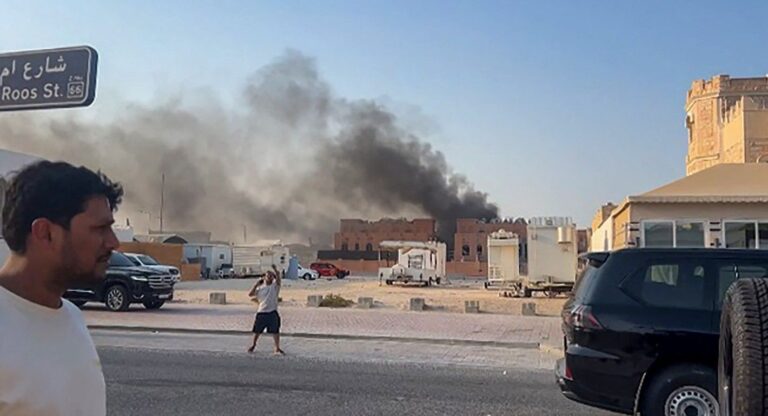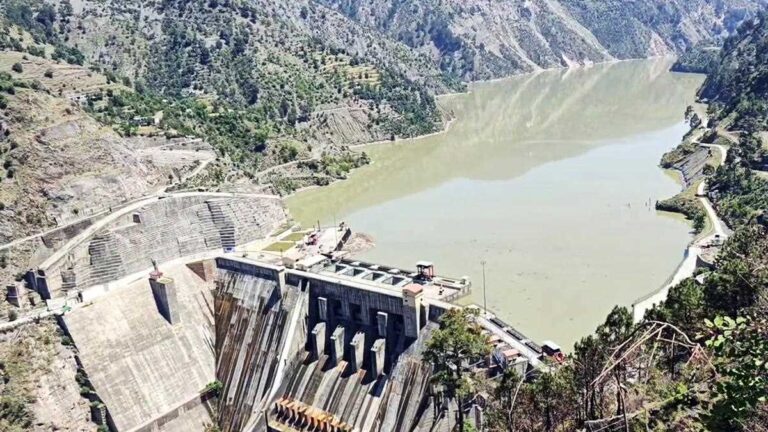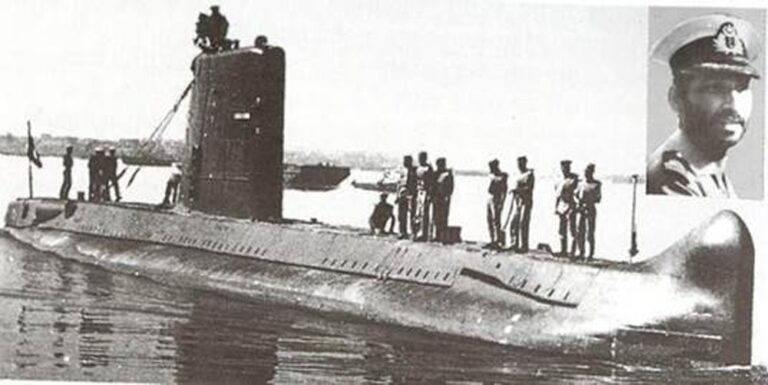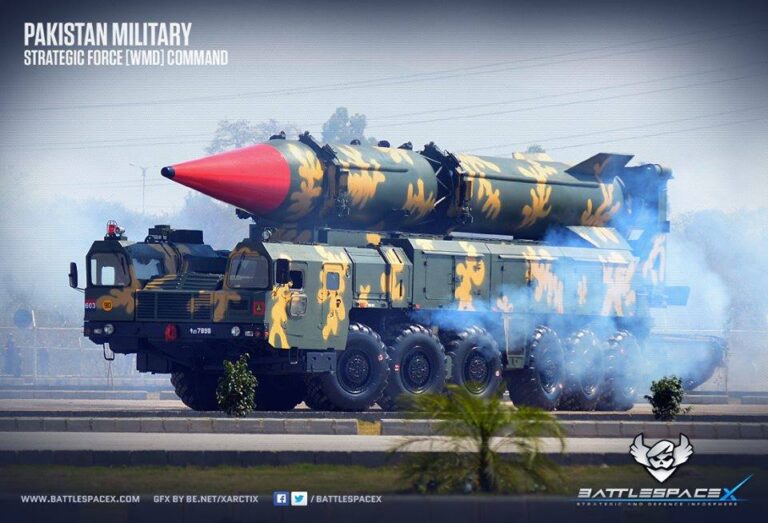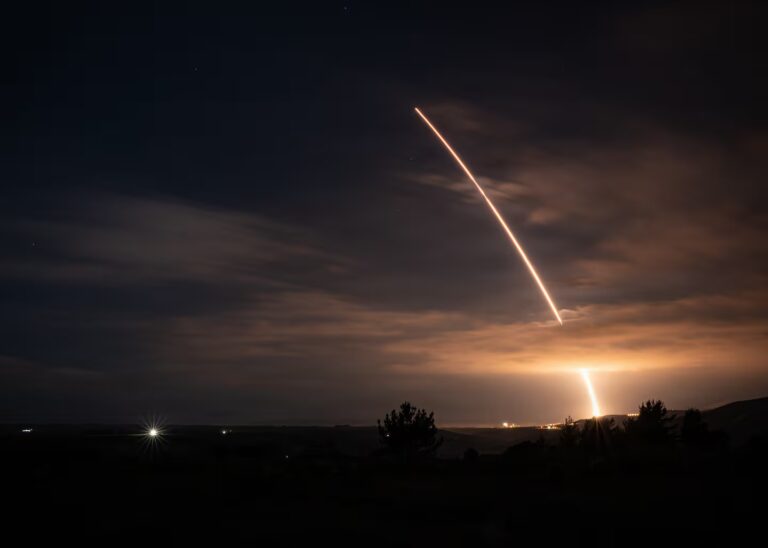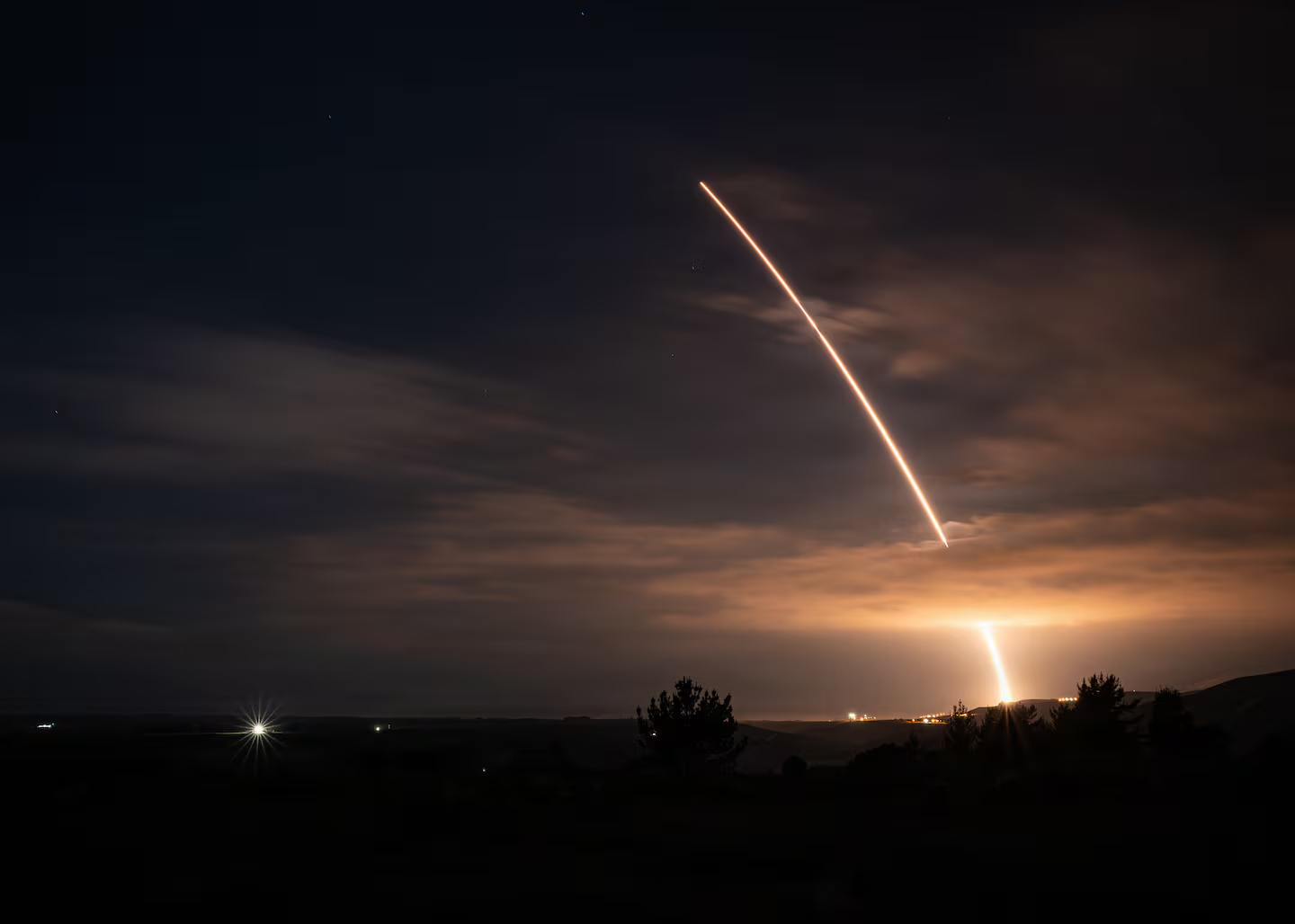
Source: Defense News
Nidaa Shahid
U.S. President Donald Trump’s recent announcement that the Pentagon must “immediately resume” nuclear weapons testing marks a dangerous turning point in global non-proliferation and arms control norms. For around three decades now, the world, barring North Korea, has lived under an informal but quite powerful moratorium on hot testing of nuclear weapons. This restraint has been showcased as a collective commitment to eventual disarmament by the five Nuclear Non-Proliferation Treaty- (NPT) recognized Nuclear Weapon States (NWS) or P5. The non-NPT states, Pakistan and India, have also refrained from testing since 1998 under unilateral moratoria. Israel has never publicly tested its nuclear weapons at all since its program is shrouded in secrecy. Now, however, if three of the P5, namely the U.S., Russia, and China, were to potentially resume hot tests, it would mark the collapse of one of the last remaining normative pillars supporting the global non-proliferation and arms control architectures.
Hot testing of a nuclear device matters for three concomitant reasons: technical, political, and normative. Technically, it provides data which ostensibly cannot entirely be obtained through simulations or cold testing. Politically, it is an escalatory move signaling that the rules of restraint no longer apply. Normatively, it erodes the informal, decades-long moratorium on nuclear tests, which is considered to be the last remaining global nuclear common. If even one of the NWSs reopens the window of nuclear testing, it will undermine the moral as well as the political architecture of global non-proliferation. It would highlight that the NWSs are willing to abandon even the most minimal of previously acceptable restraints. It also signals to the NPT Non-Nuclear Weapons States (NNWS) that the bargains they entered into for not developing nuclear weapons of their own were but hollow promises.
Once this ball starts rolling, several developments are likely. Firstly, each state would announce their own nuclear tests to demonstrate newer technological parameters of more advanced weapons designs. This can include lower or higher yield warheads and even more nuclear-powered missiles like the Russian Burevestnik, which have greater endurance. This would open the floodgates to qualitative advancements, completely shattering the informal, but thus far effective norm against testing. Additionally, the current global verification and monitoring infrastructure, led by the Comprehensive Test Ban Treaty Organisation (CTBTO), would either fully collapse or at least come under severe strain. CTBT, which already remains in perpetual limbo due to the missing ratifications of key states like the U.S., would shatter completely. Moreover, it may also compel threshold nuclear states to develop their own nuclear weapons should they feel insecure in this new emerging milieu.
Despite all these catastrophic implications, there are several factors which indicate that states may throw caution to the wind and resume testing. One of the most compelling reasons is the fluidity of current global power dynamics. Should any one of the big powers, the U.S., Russia or China, assume that the other states are on the cusp of testing, there would be a race to get there first. This is the same rationale which compels states to consider preemptive nuclear strikes: the classic use it or lose it dilemma. Secondly, this move could be seen as a show of strength at the domestic and global levels. President Trump, for example, would consider it a political suicide if China or Russia takes the lead while the U.S. follows. His use of the words “on equal basis” clearly indicates concerns about being outperformed. Moreover, with U.S.-Russia bilateral arms control rapidly disintegrating, the foundations supporting global restraint has never been weaker. In this environment, the resumption of testing could seem like a less risky move to a decision-maker, especially if they believe that the architecture is already broken.
From a Pakistani perspective, this development is deeply troubling. While both South Asian nuclear powers maintain unilateral moratoria on nuclear testing, Indian developments in recent years indicate a clear, assertive stance. Under these circumstances, it may interpret nuclear testing by one of the P5 as a de facto green light to revisit its own restraint on it. The recent induction of MIRV-ed delivery systems as well as its growing SSBNs programme would require miniaturized nuclear weapons, and a hot test would allow for better testing of their parameters. Thus, India is likely to take advantage of any rupture in the moratorium at the international level to justify its own assertive designs. This could, in turn, compel Pakistan to reassess its credible minimum levels to continue to maintain deterrence with its adversary, leading to an inadvertent arms race.
While proponents of renewed testing argue its necessity to verify the continued viability of aging stockpiles or to match adversarial developments, cold testing could still be effective for these parameters. What hot tests truly offer is a demonstration of power. However, the P5 must realize that once this particular norm is broken, it may take decades to rebuild it. The question that needs to be asked here is this: Is hot testing worth all that? The answer to this may be the truest measure of where the global powers stand today.
Nidaa Shahid is an Associate Director at the Centre for Aerospace and Security Studies (CASS), Lahore. She can be reached at info@casslhr.com.
The views expressed in the article are the author’s own, and they do not necessarily reflect those of Pakistan Pakistan Politico.

